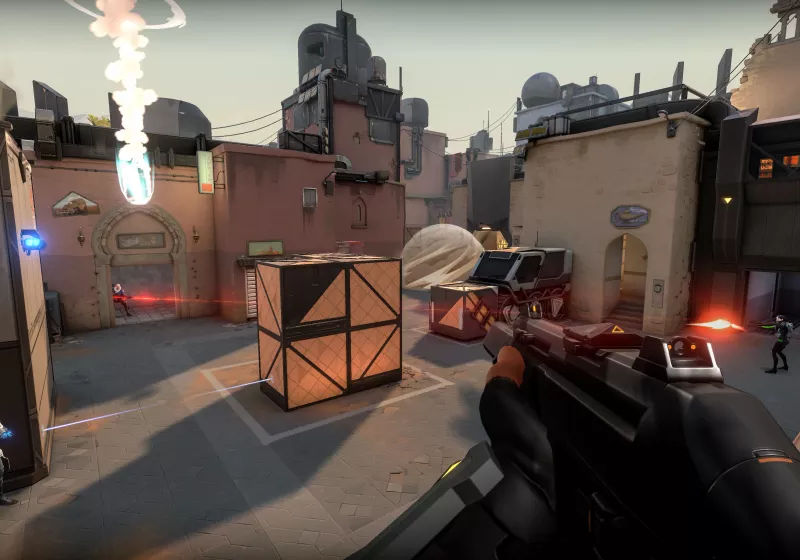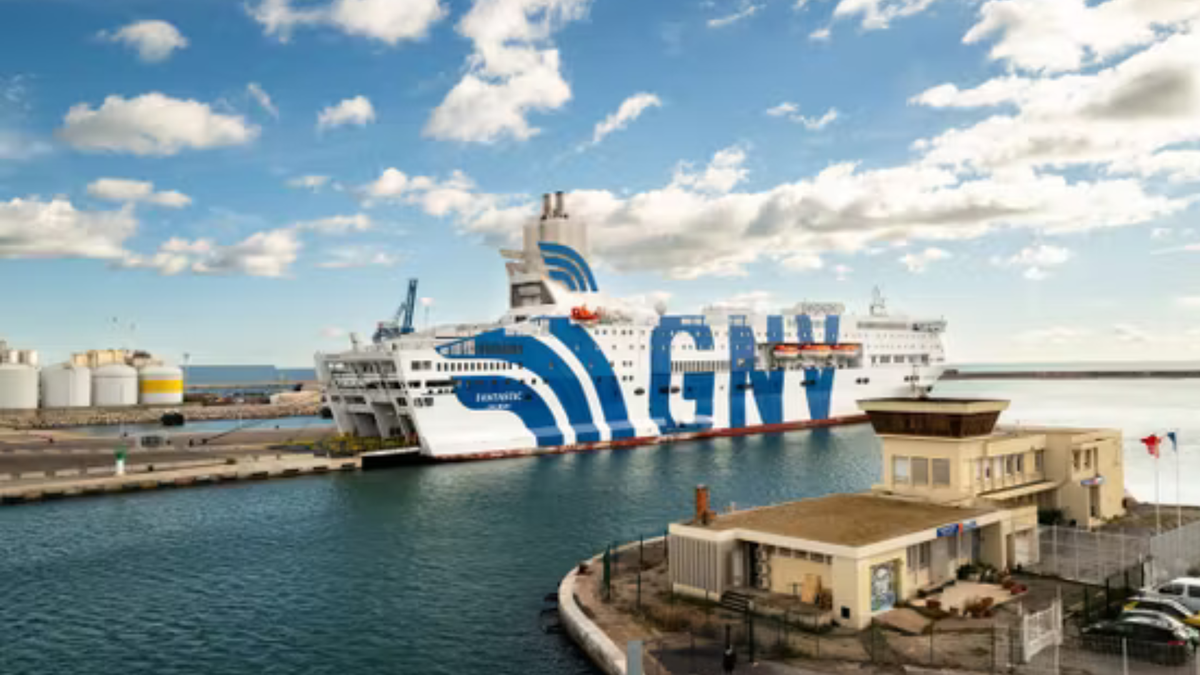On April 1, 1946, a magnitude 8.6 earthquake struck near Alaska’s Aleutian Islands, triggering a tsunami that barreled across the Pacific and killed 159 people on the island of Hawaii. In the aftermath of this catastrophe, the U.S. tsunami warning system was born.
Nearly 80 years later, this life-saving network of seismic and sea-level monitoring stations is crumbling. Overseen by NOAA, the stations rely on federal funding that the Trump administration slashed this year. As a result, nine seismic stations operated by the Alaska Earthquake Center will shut down in mid-November, Alaska’s News Source reports.
These stations gather critical data on the shape and magnitude of earthquakes along one of the world’s most seismically active regions: the Alaskan-Aleutian Subduction Zone. This 2,485-mile-long (4,000-kilometer-long) boundary where the Pacific Plate slides beneath the North American Plate can produce powerful quakes and tsunamis like the 1946 disaster.
Experts warn that shuttering the stations that monitor this subduction zone could inhibit the nation’s ability to detect tsunamis and issue evacuation orders before it’s too late.
“The Alaska Earthquake Center regrets the termination of our funding from NOAA,” Communications Manager Elisabeth Nadin told Gizmodo in an email. “We regret the compromised ability of the National Tsunami Warning Center to issue and update tsunami alerts because of this funding loss.”
The downfall of NOAA’s tsunami warning system
Amid the Trump administration’s efforts to reduce federal spending on science and climate research, NOAA has been hit hard. Mass layoffs and proposed funding cuts threaten to cripple—or demolish—several of the agency’s research arms, including the Office of Atmospheric and Oceanic Research, the National Weather Service, and NOAA Fisheries’ science centers.
The tsunami warning system has been no exception, but the program was already struggling with reduced funding and staffing. NOAA’s two tsunami warning centers—located in Honolulu, Hawaii, and Palmer, Alaska—were both severely understaffed prior to this year’s layoffs. Of the Alaskan station’s 20 full-time positions, only 11 are currently filled, NBC News reports.
In fiscal years 2024 and 2025, NOAA also reduced funding to the National Tsunami Hazard Mitigation Program, which supports states’ tsunami risk reduction efforts.
A dangerous gap in preparedness
The nine monitoring stations set to cease operations this month were previously supported by a NOAA grant of $300,000 per year. Kim Doster, a spokesperson for NOAA, told Gizmodo in an email that NOAA stopped funding the grant in fiscal year 2024.
The Alaska Earthquake Center requested new grant funding through 2028 but was denied, according to an email between Director Michael West and NOAA staffers obtained by NBC News. The University of Alaska Fairbanks stepped up to fund the program for another year in hopes that federal funding would eventually come through, but it never did, according to NBC.
Those nine stations are located in the western Aleutian Islands and the Bering Sea, where they are commonly the only stations for hundreds of miles in parts of the Alaskan-Aleutian subduction zone, according to Nadin. This region generates “almost all of the North American tsunamis that cross the Pacific Ocean, causing damage in Alaska, Hawaii, Washington, Oregon, and California,” she said.
“The funding loss also means that Alaska Earthquake Center’s entire seismic network will no longer be sent directly to the National Tsunami Warning Center, which has until now accessed this network to formulate its own determinations of tsunami risk from large Alaskan earthquakes,” Nadin added.
Doster said the Alaska Earthquake Center “is one of many partners supporting the National Weather Service’s tsunami operations, and NWS continues to use many mechanisms to ensure the collection of seismic data across the state of Alaska.”
Still, experts argue that the loss of these nine monitoring stations—and the general dissolution of the nation’s tsunami warning system—is creating a dangerous gap in preparedness.
“People should be concerned about anything that degrades our earthquake and tsunami capabilities,” West told Alaska’s News Source. “Anything that undoes some of the really hard work that’s been put in through the years to try and make us safer in light of these events.”









 English (US) ·
English (US) ·